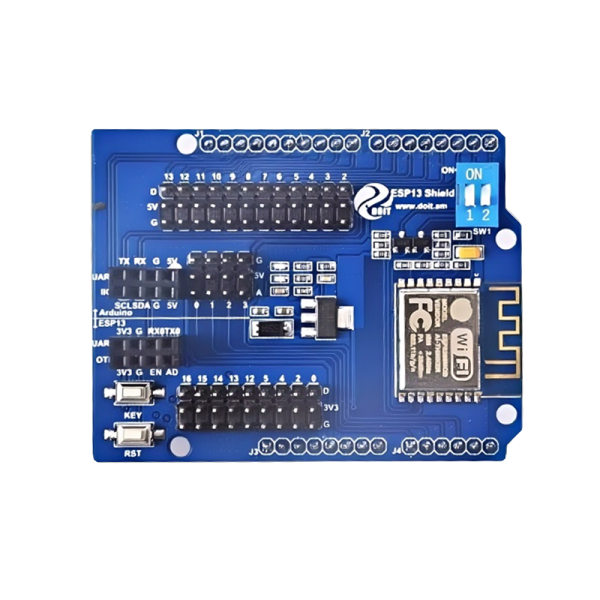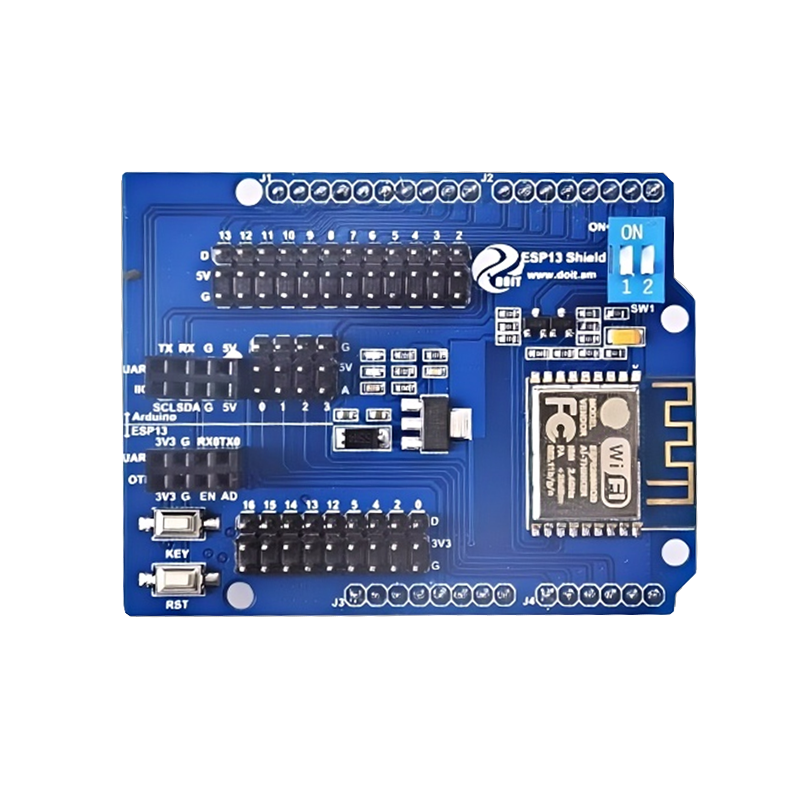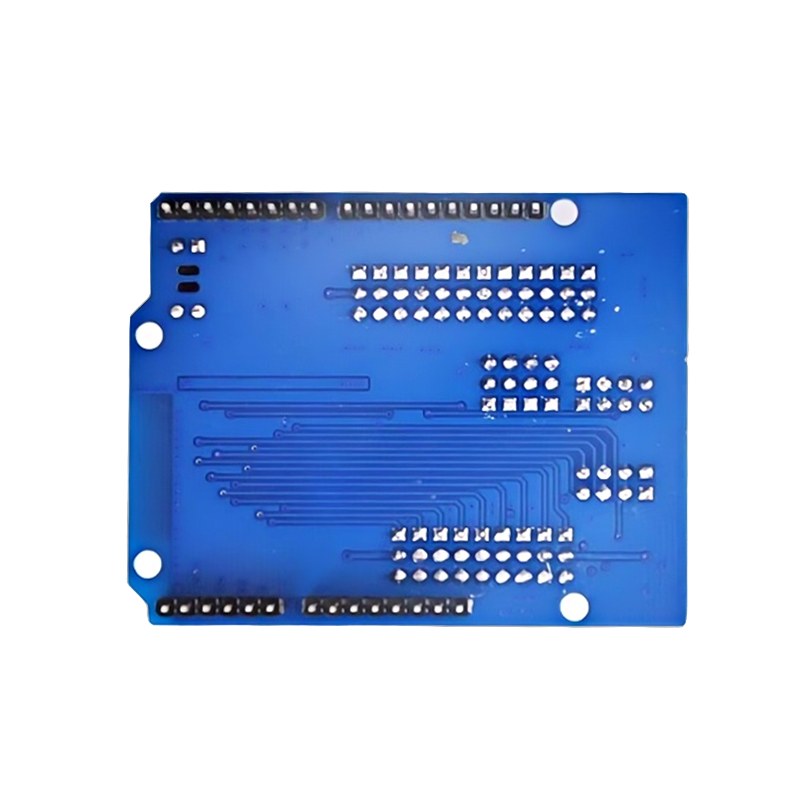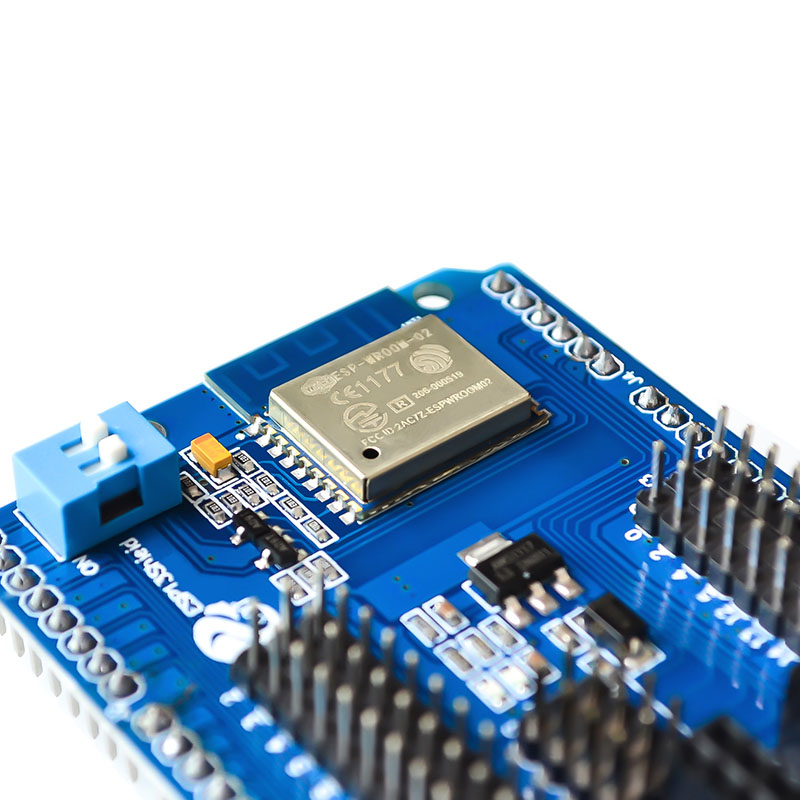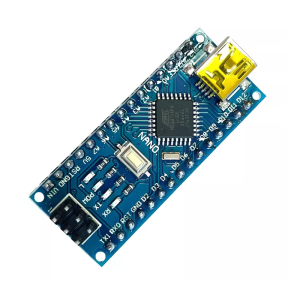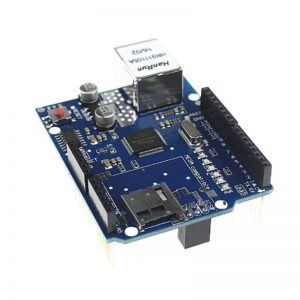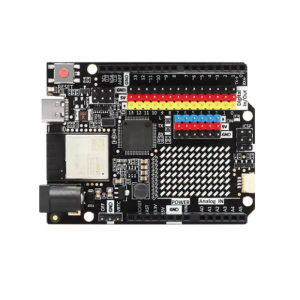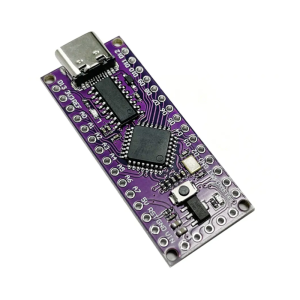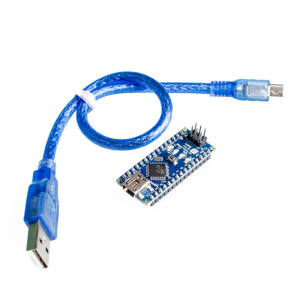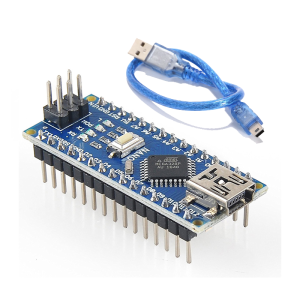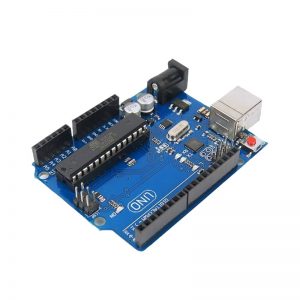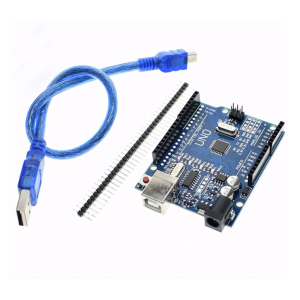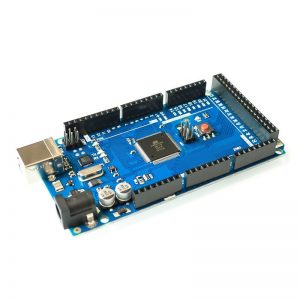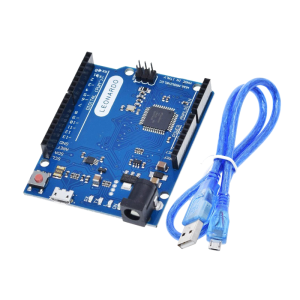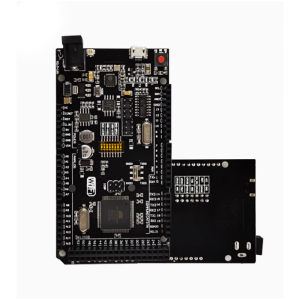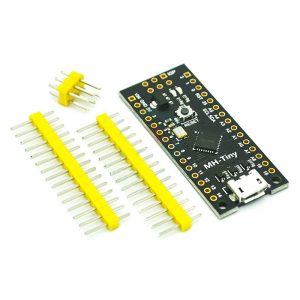ESP8266-Based Serial WiFi Shield for Arduino is designed and developed by Shenzhen Doctors of Intelligence & Technology (SZDOIT). The shield is designed based on esp8266 by Espressif Systems, pin-compatible with Arduino UNO/Mega2560 DevBorad.
The serial wifi shield has the following features:
1、WiFi module is industrial-grade chips ESP8266, which is ESP-12E with metal shield, strong anti-interference ability;
2, Shield is pin-compatible with Arduino Uno, Mega2560 and other control board. A voltage converter chip is used to deal with 3.3V (Esp8266) and 5V (Arduino);
3, Dual DIP switches is used for serial ports so that this module shield can be used alone as an Arduino Uno expansion board, and also be used as ESP8266 expansion board;
4, Serial data is transported to WiFi device transparently, and vice versa. Arduino program does not need any configuration;
5, WebServer is developed to configure WiFi parameters and serial port parameters;
6, The module shield can be used as an independent ESP8266 development board. for instance, downloading the official AT commands firmware, NodeMCU open source firmware can be used;
7, The module shield also can be used as stand-alone expansion board for Arduino Uno.
8. The WiFi is ESP8266 with industrial-grade chips, and the module is ESP-12E with a metal shield, which has strong anti-interference ability;
9. The standard pin is compatible with Arduino Uno, Mega2560 and other main control boards, and the voltage conversion chip is used to connect Arduino and UNO to make 3.3V and 5V compatible;
10. The serial port is controlled by a dual-channel DIP switch, so that the expansion board can be used as an Arduino Uno expansion board alone or as a ESP8266 expansion board;
11. Real serial port WiFi, Arduino program does not need any configuration;
12. Configure WiFi parameters and serial parameters based on Web Server;
13. It can be used as an independent ESP8266 development board to download official AT instruction firmware, NodeMCU open source firmware, etc.;
14. It can be used as an independent Arduino Uno expansion board, and all pins are led out.
